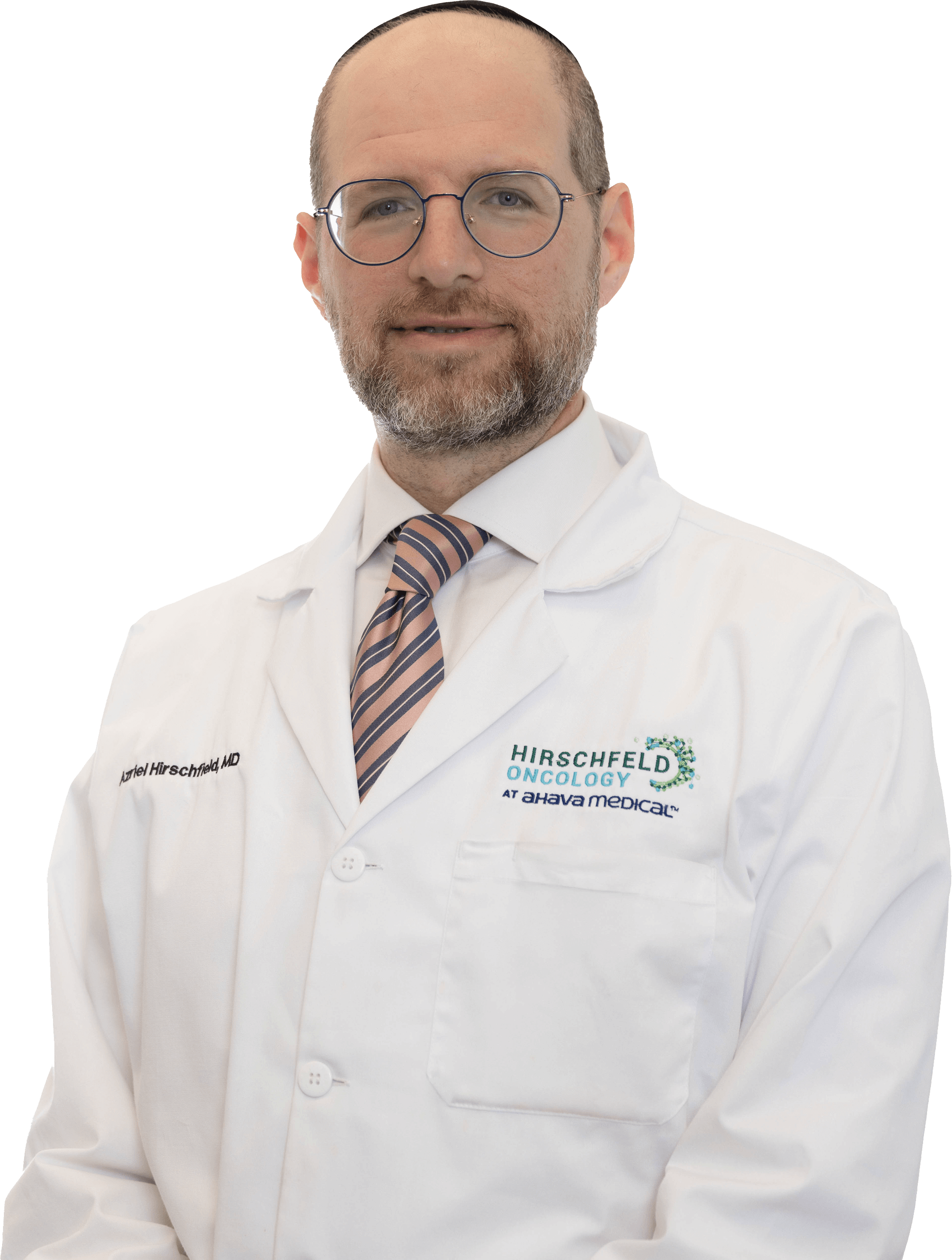I specialize in gastrointestinal cancers, with particular expertise in pancreatic cancer and cholangiocarcinoma (bile duct cancer). I also treat colon cancer, gastric cancer, and have successfully applied my methods to other difficult cancers such as ovarian, triple-negative breast, and treatment-resistant tumors — because the principles work so well across cancer types.
When the standard of care works well, I use it.But I also believe there is always room for improvement — even for effective regimens, I look for ways to enhance results based on the latest promising trials.
When standard therapy fails, doesn’t give good results, or is likely to cause severe side effects, I turn to more personalized, innovative strategies.
Cancer is rarely defeated with a single weapon. My approach targets multiple cancer pathways at the same time, combining more medicines at lower doses.
Why lower doses?
At maximum tolerated doses (MTD), you can only combine a few drugs before toxicity becomes overwhelming.
Lower doses allow for safe combinations and maximize synergy — drugs help each other work better.
High doses can sometimes cause antagonism, where drugs work against each other.
I first applied this to pancreatic cancer over 15 years ago, when the standard was single-agent gemcitabine — minimally effective. Lab work on cancer cell lines and human tumor samples showed that lower-dose combinations could outperform high-dose single agents. That insight helped shape the thinking behind multi-drug regimens like FOLFIRINOX, which is now standard for many pancreatic cancer patients, though I apply it in a more personalized and tolerable way.
We live in an unprecedented era where new cancer drugs are being approved rapidly. Even from the time of diagnosis, treatment options can change.
I:
This means my patients can access cutting-edge therapies sooner, when they may need them most.
My style of care is not “start treatment and check back in three months.” I want to know now if it’s working.
I check tumor markers every two weeks in most cases.
I frequently use circulating tumor DNA (ctDNA) to detect changes in real time.
I don’t let patients stay on an ineffective regimen for long — we pivot quickly if we see resistance developing.
This close tracking allows me to intervene early, reverse resistance, and keep treatments effective for as long as possible.
I often design treatment as an algorithm — starting with a core regimen and adjusting it as we go:

Adding or removing drugs based on tumor markers, ctDNA, scans, and how the patient is feeling.

Tweaking doses to maximize benefit while minimizing side effects.
Always keeping the plan personalized and responsive.
No “one size fits all.” Every patient’s treatment is living and evolving.
GI cancer specialist — pancreatic, cholangiocarcinoma, colon, gastric, plus other cancers.
Use standard therapy when it works well — improve it when possible.
Innovative strategies when needed — when standard fails, is too toxic, or can be improved upon.
Multi-drug, lower-dose regimens for safer, more effective combinations.

Target multiple cancer pathways at the same time.

Synergy over maximum dose — avoid drug antagonism.
Lab- and patient-proven methods from years of research and outcomes.
Stay ahead of new treatments — integrate promising drugs rapidly.
Off-label use when supported by data for earlier access to effective options.
Act early on strong trial data — don’t wait years for guideline changes.
Close monitoring — tumor markers every 2 weeks, frequent ctDNA checks.
Dynamic treatment algorithms — adapt based on real-time results.
Focus on quality of life while keeping treatments effective.
Always accessible — available 24/7 for urgent needs.
